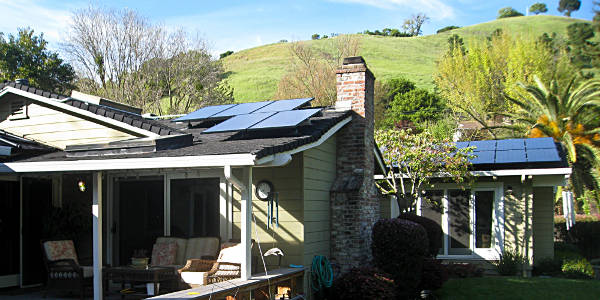answering a question obliquely
the great blackout of the NE United States, and portions of Canada, on August 14th, 2003,
3 trunk lines were bringing in 10,500 megawatts of power from, if i recall correctly, somewhere near Ohio, it was a hot day in the summer, one of the lines sagged a bit too much from heat and expansion and touched vegetation and shorted and. snapped, this threw the demand to the other 2 lines, which overwhelmed them, causing a series of cascading failures eastward, turning off the electricity for an estimated 50 million people, an estimated $8-11 Billion dollars damages and losses.
it was estimated at the time and detailed on Dr Richard Perez of SUNY (Albany campus) that about 500 megawatts of distributed PV, costing at the time the rough amount of the losses of $8-$11 billion would have averted the lines (and still producing power) sagging and shorting and snapping, the blackout of ~50,000,000 people, people walking and hitchhiking out of new york city, including my nephews who were not supposed to be there, etc. and other cities and towns
it’s tough to restart everything again smoothly, since loads. etc need to be balanced ‘n such.
Look at Texas last winter as an example, hundred of deaths
Superstorm Sandy, the hurricane that blacked out portions of the eastern seaboard of the US
Look at South Australia where the Tesla battery _averted_ a grid collapse, very good idea in the very first days.
Hurricane Maria in Puerto Rico where if i recall correctly Tesla sent a bunch of PV to help a hospital with a makeshift microgrid, positive outcomes
distributed renewables, solar and batteries, mega packs, stable grid, cheaper, more reliable actual power to the people, a positive vision for everyone.
here is an interactive for integration of PV into the grid for portions of the US
ALBANY, N.Y. – Last year, California set the nation’s most ambitious energy goal – deriving 100 percent of its electrical power from renewable sources by 2045. Many other states have since joined …

www.greenrightnow.com







